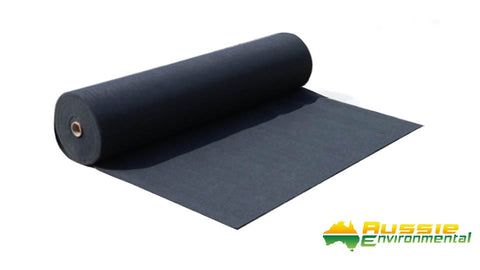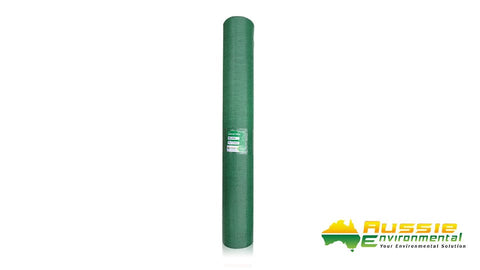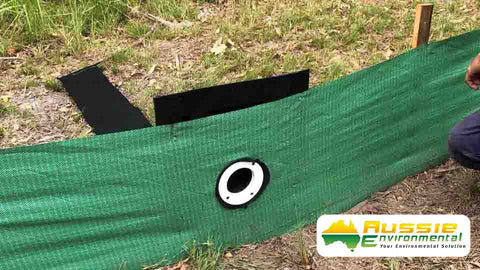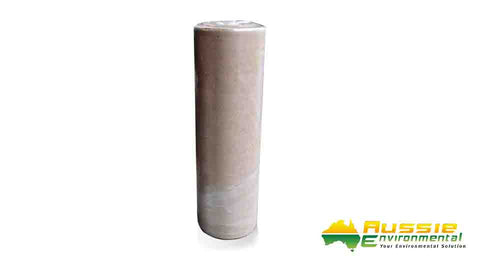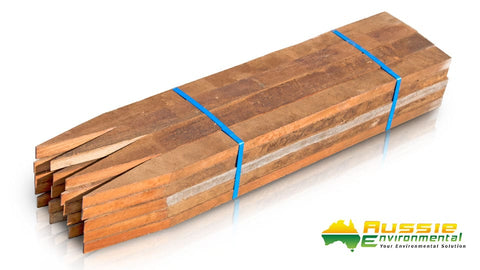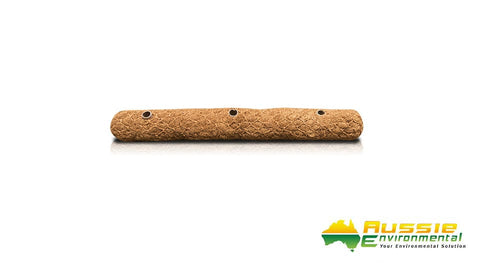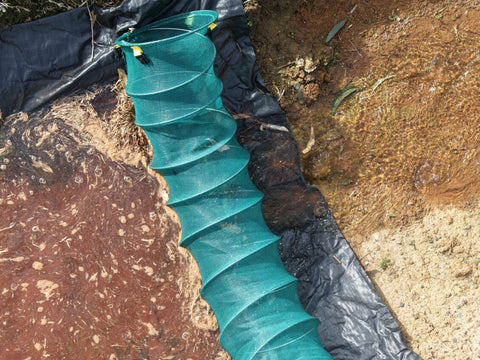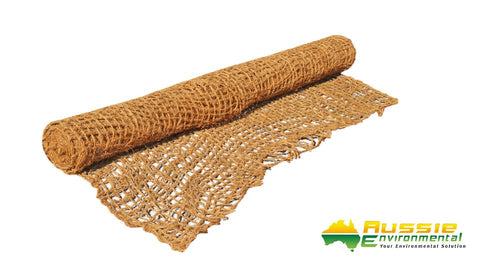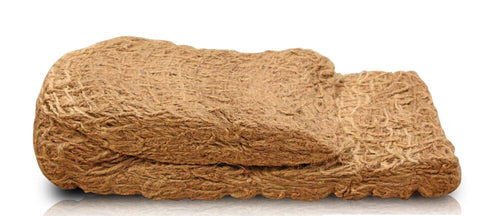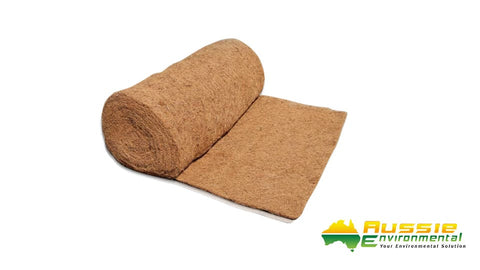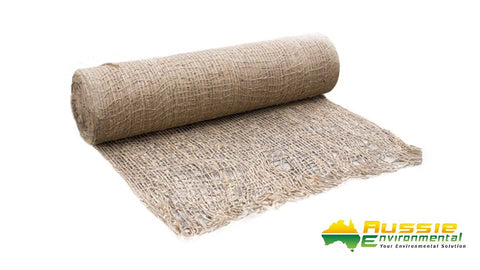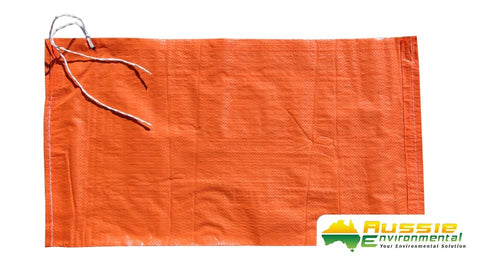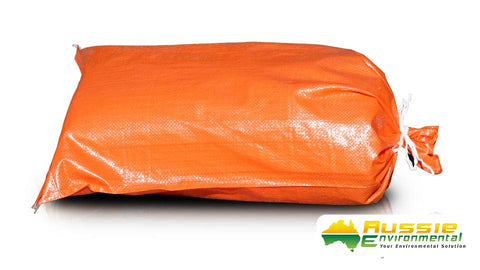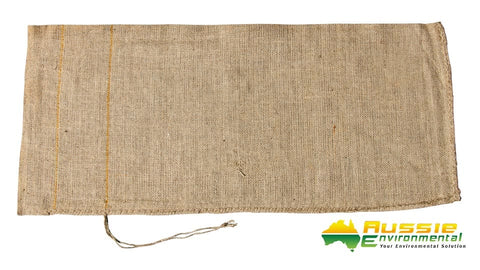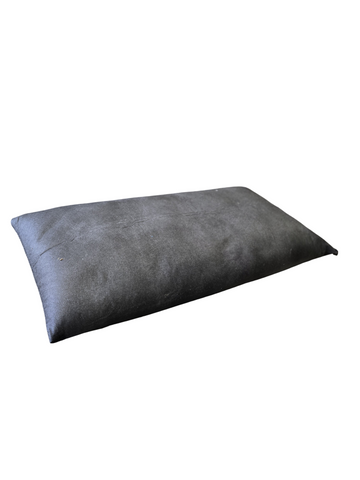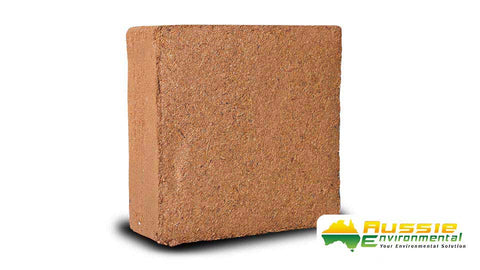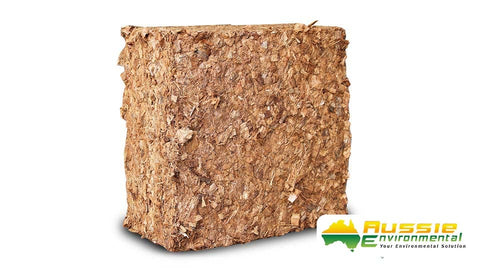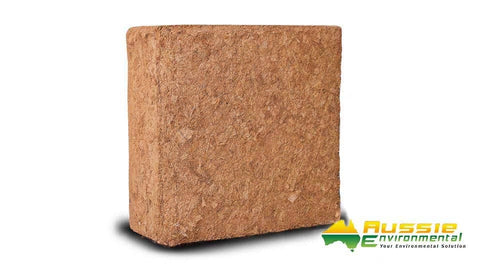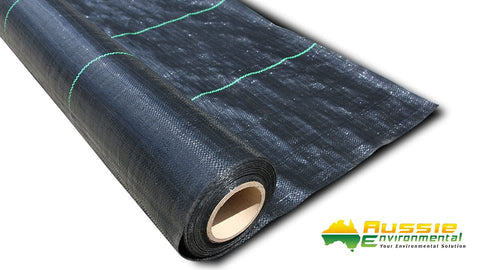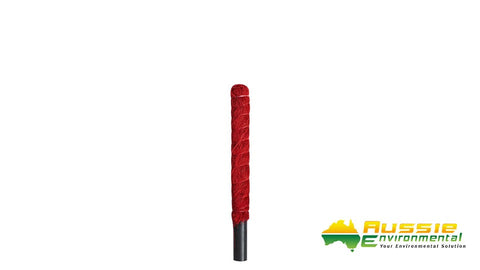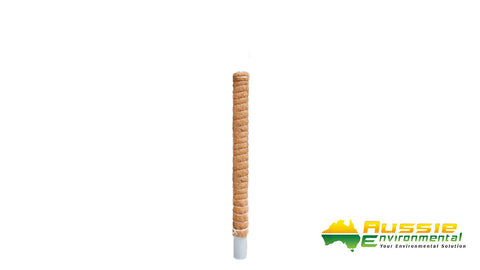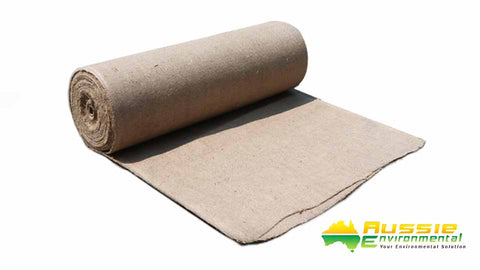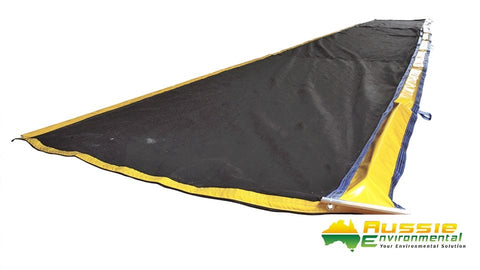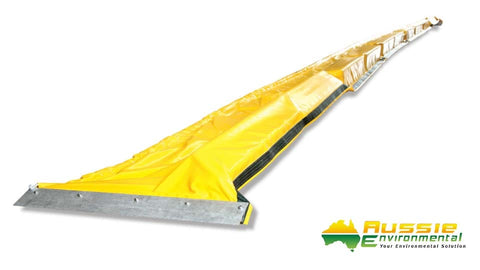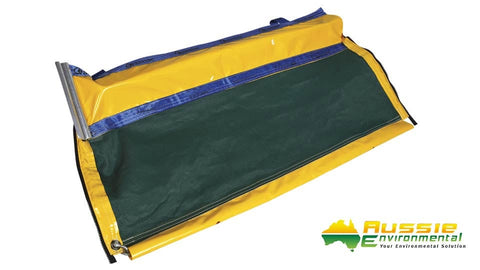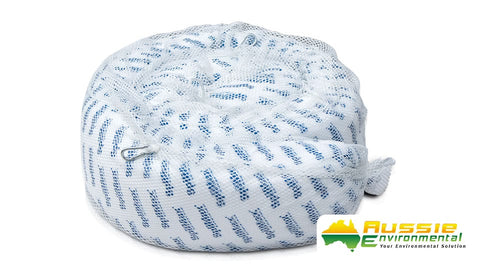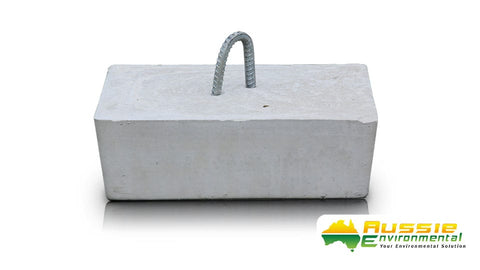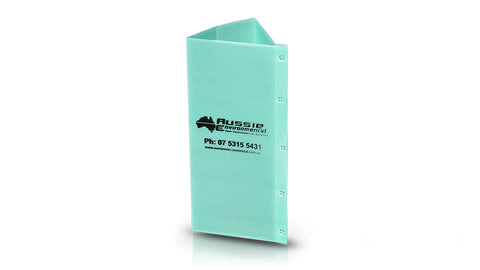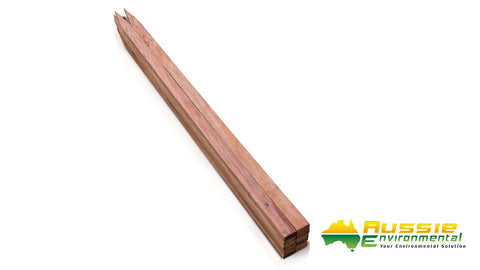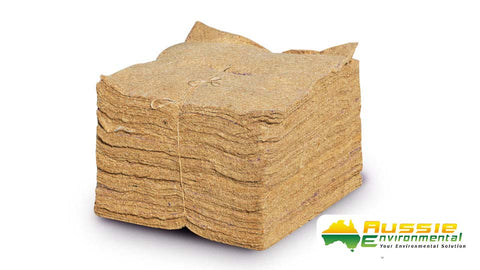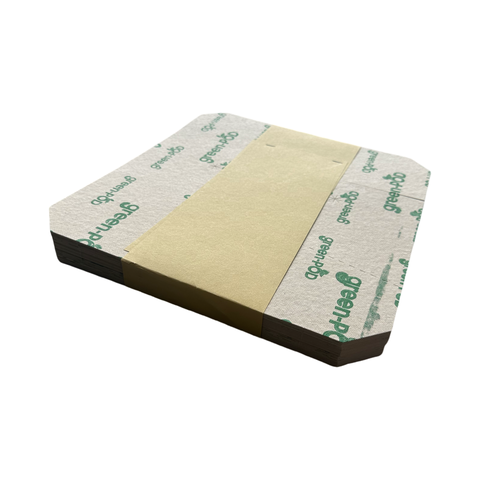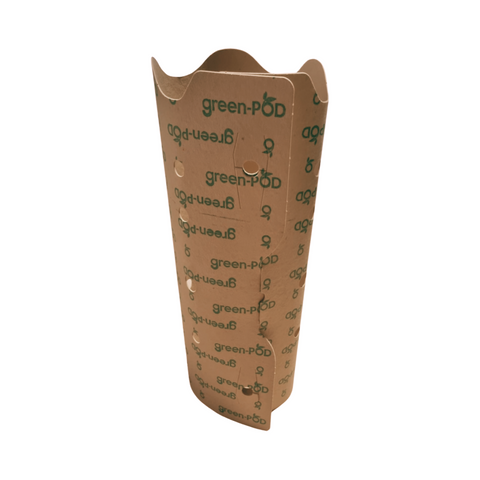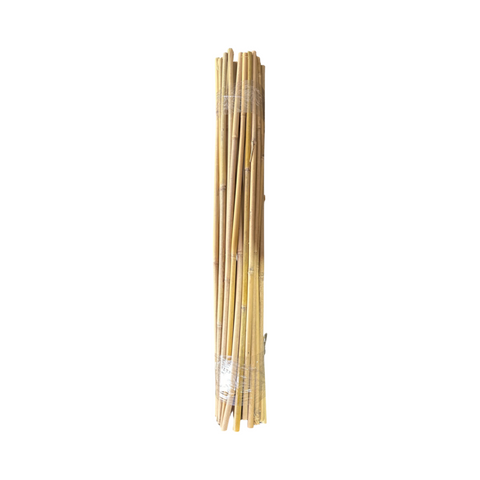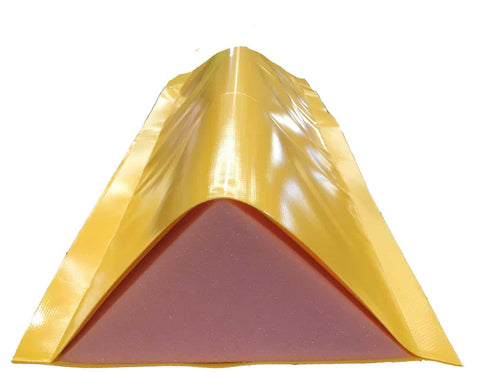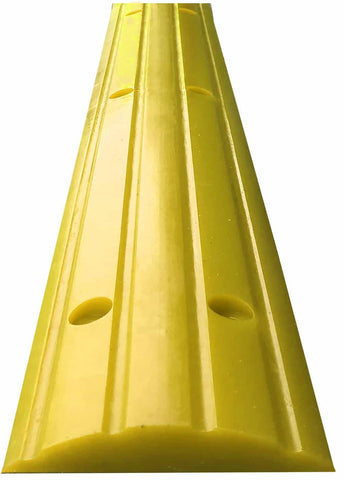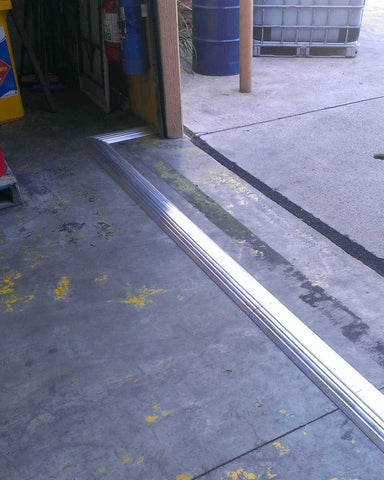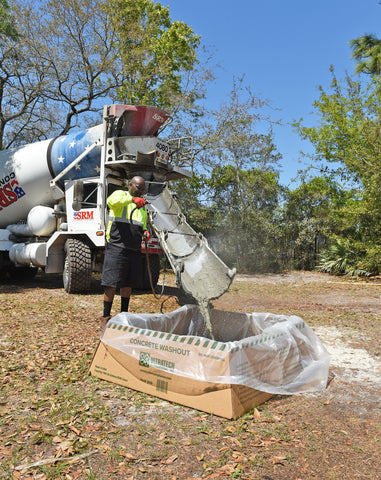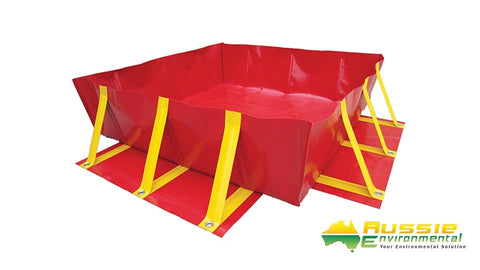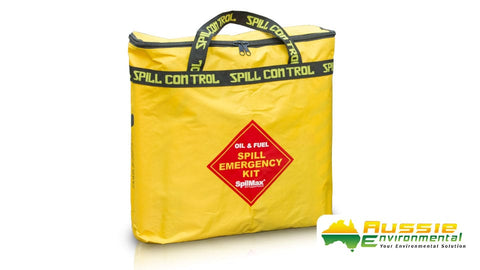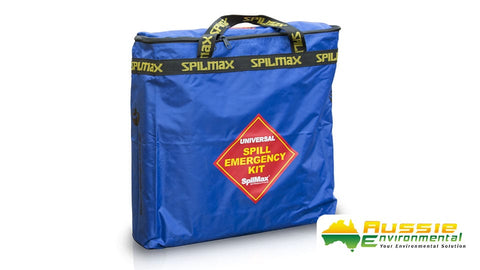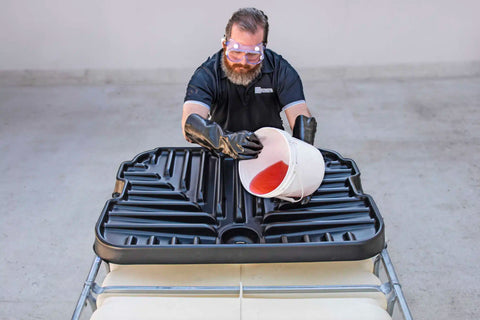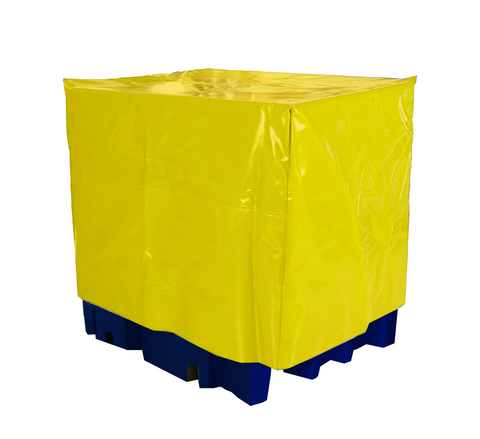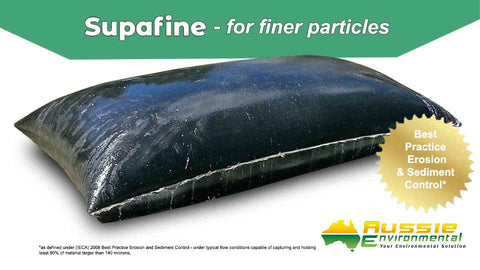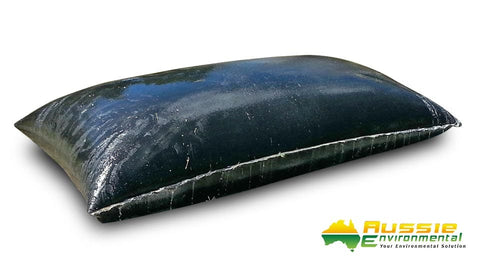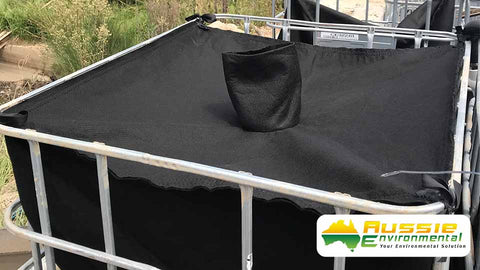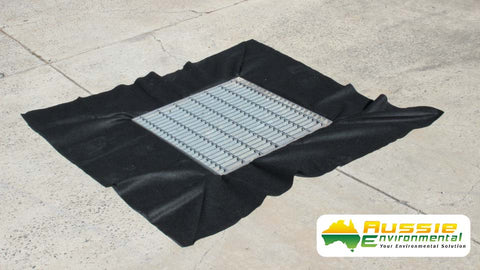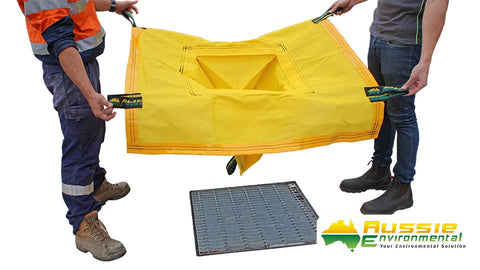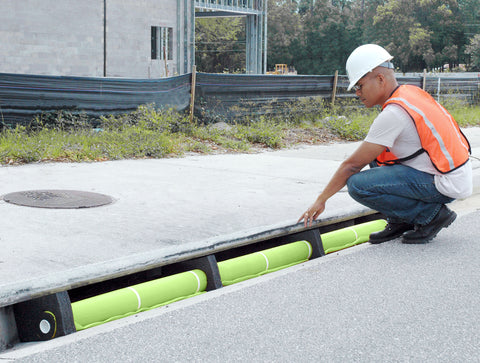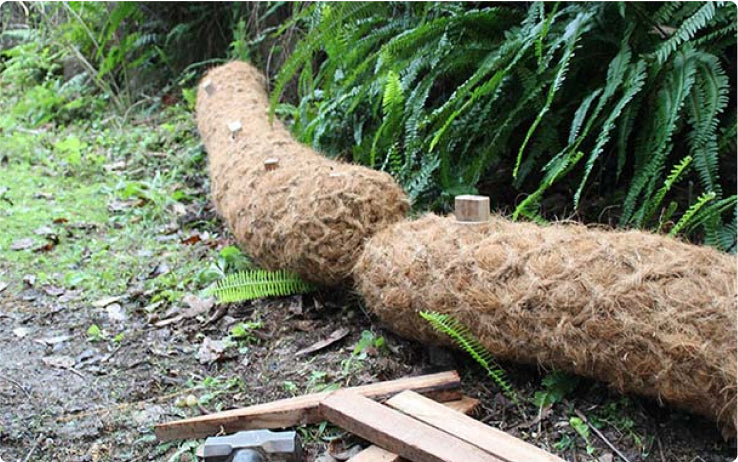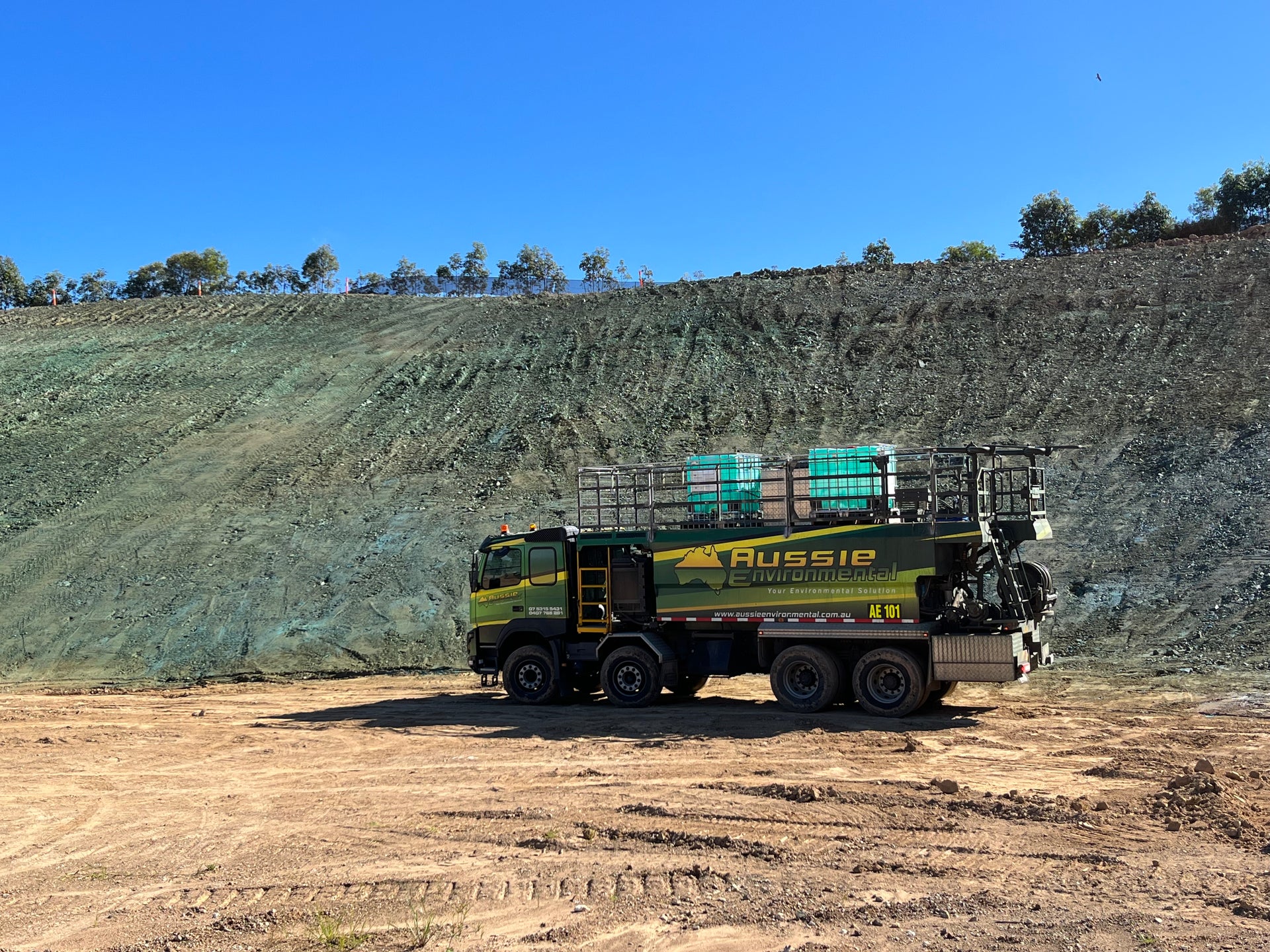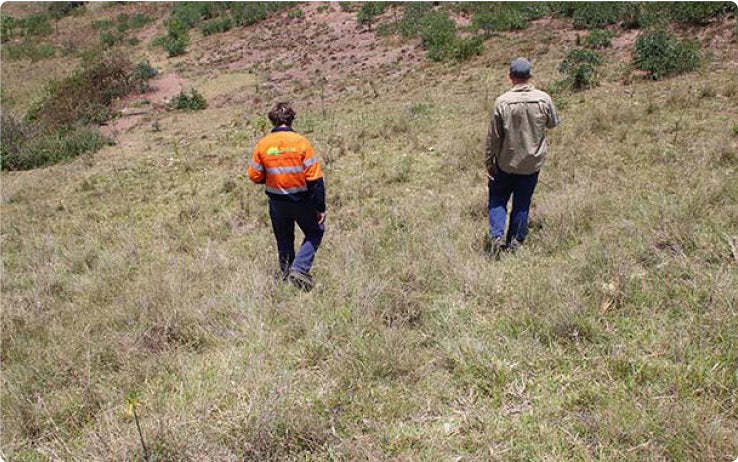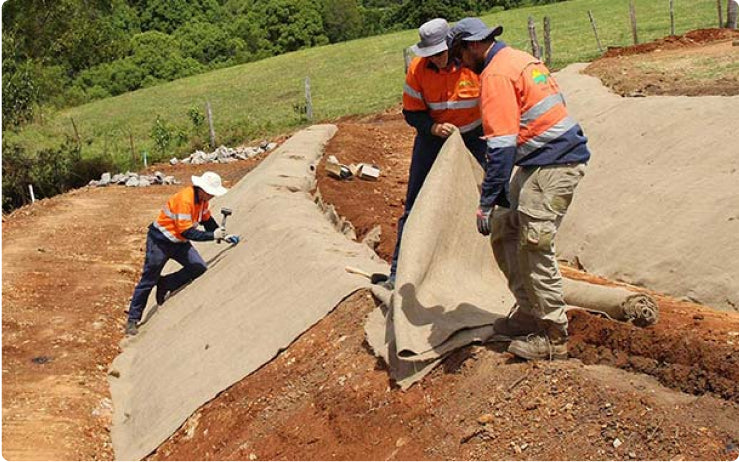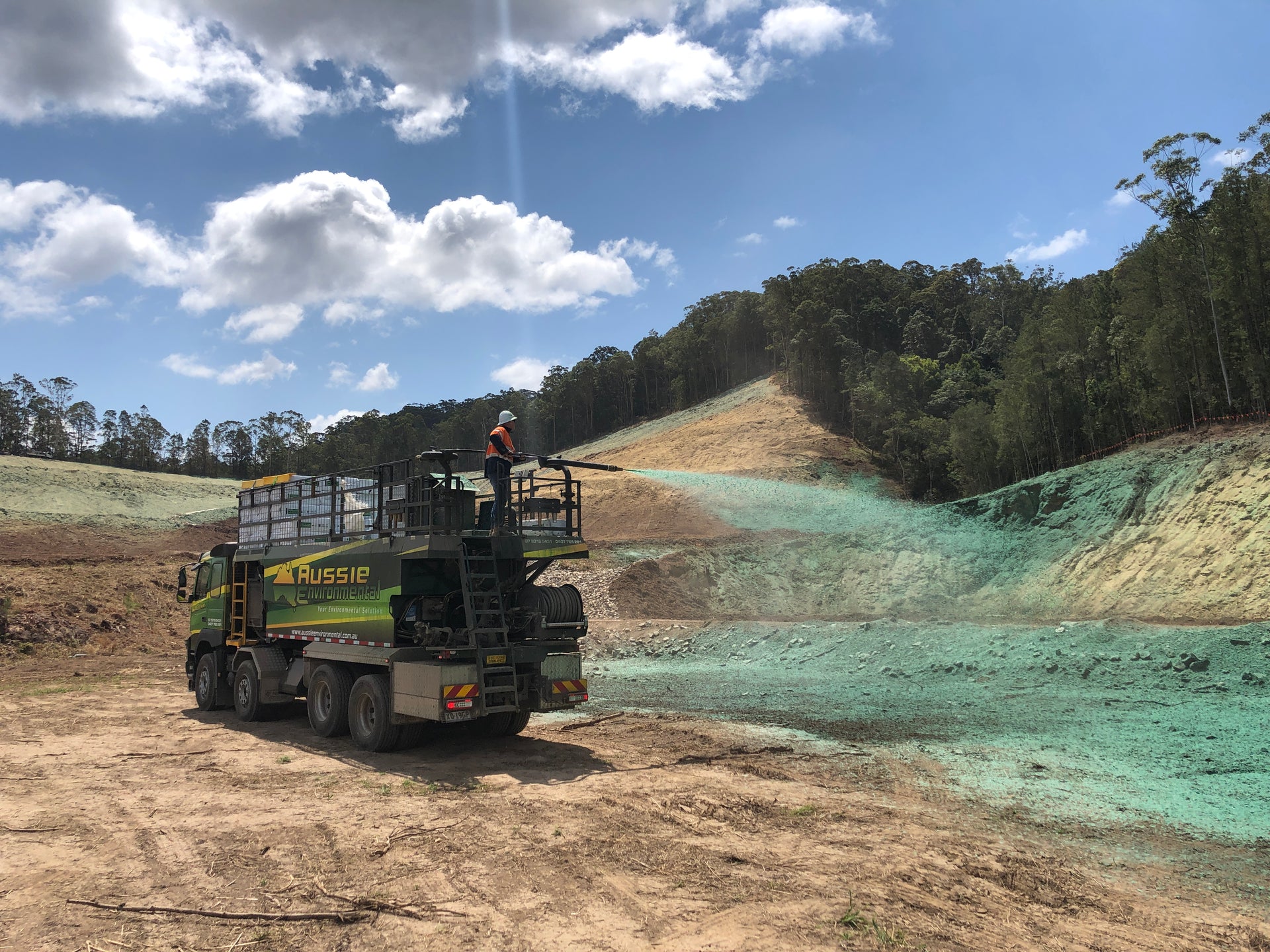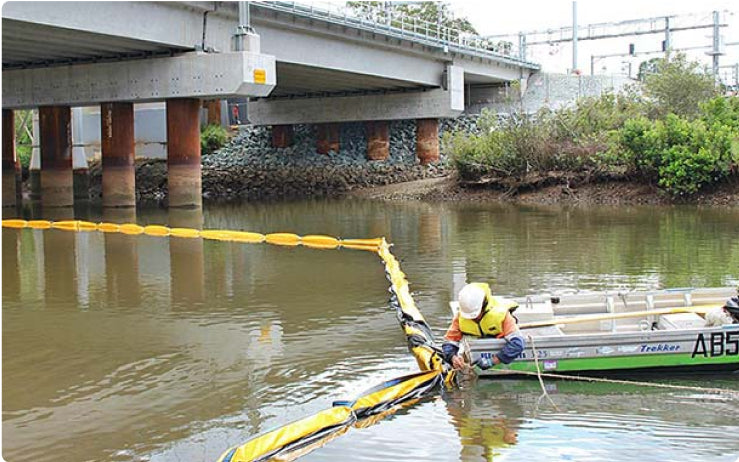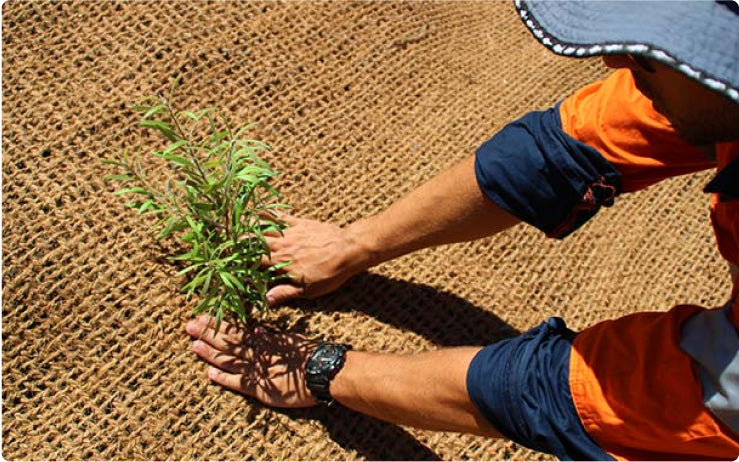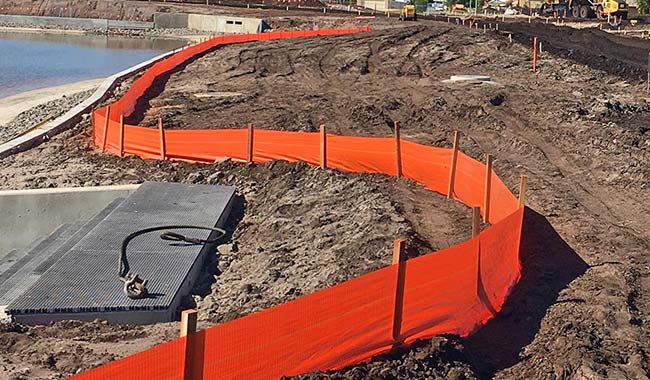Storm Drain Protection - What are my options?
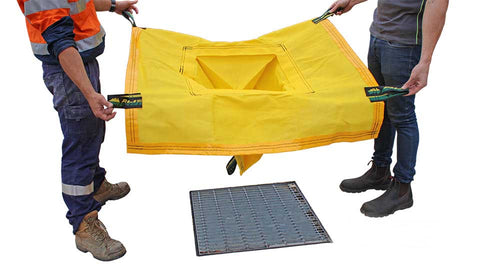
Storm drain protection is generally installed as a temporary measure on construction and civil engineering sites and is designed to prevent debris, sediment, gravel and soil from entering the stormwater systems. There are a number of different protection strategies available on the market, all of which act in different ways to protect the stormwater systems from blockage and contamination.
Popular storm drain protection strategies
One of the simplest and most affordable strategies to prevent contaminated runoff entering the stormwater system is to use fabric barriers. These are filled with sand or gravel and designed to filter the water before it enters the drain system. Other strategies include sediment control systems that are essentially large ponds or basins that trap the water, allowing the sediment to settle out of the runoff by gravity.
Unfortunately, these large control areas can flood easily and usually aren’t able to contain all the runoff from large construction sites. Then there is the problem of erosion and sediment runoff from steeply sloping sites, which needs particular attention, not only to prevent contaminated runoff entering the drainage systems, but also to curtail the sediment loss and protect the environment.
In general however, there are six different strategies for storm drain protection that are commonly used on construction and civil engineering sites, but they can be used anywhere temporary control is required.
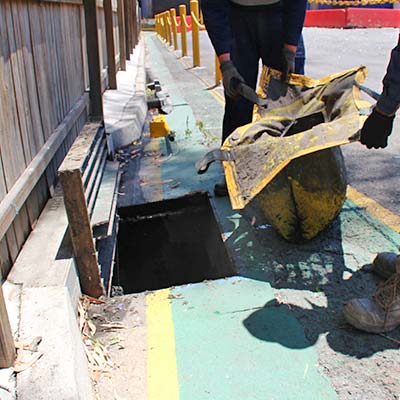

- Dewatering bags: These bags are designed for pumping and filtering sediment laden water. Composed of a non-woven geotextile material with an 80 micron pore size and a flow rate of 75L/sec, dewatering bags are an effective method for dewatering sludge and extracting heavy particles from water allowing silt free water to be released from the bag.
- Weighted drain covers: These are an ideal short term solution, because rather than filter the runoff and allowing clean water to flow into the drainage system, these covers prevent anything from entering the stormwater system. The perimeters of the weighted drain covers are filled with gel that conforms to the surface of the drain, occluding the inlet and forcing the runoff to bypass the drain.
- Drain filters: These filters essentially allow water to enter the drain, whilst capturing any contaminants, such as gravel, soil, leaves and other debris. Drain filters are easy to install, empty and replace, and it’s the drain grate itself that holds these filters in place.
- Pipe filter socks: Made from heavy grade 240gsm horticultural shade cloth, pipe filter socks are designed to attach directly to the end of a storm water pipe or drainage pipe. They are ideal for containing larger size particles or rubbish in runoff from construction and civil engineering sites.
- Sandbags: Used as a temporary solution for diverting runoff from construction sites, once filled with sand, these sandbags are an effective storm drain protection strategy, as they act as a barrier to prevent contaminated water entering the stormwater system.
- Silt socks: Also known as silt bags, these are geotextile tubes that are filled with gravel and used to filter sediment as it runs down gutters and drains. They are often placed in a square formation around external stormwater drains or lengthwise along road drains to trap contaminants.
For more information on storm drain protection, call us on 07 5315 5431 or shoot us an email.




